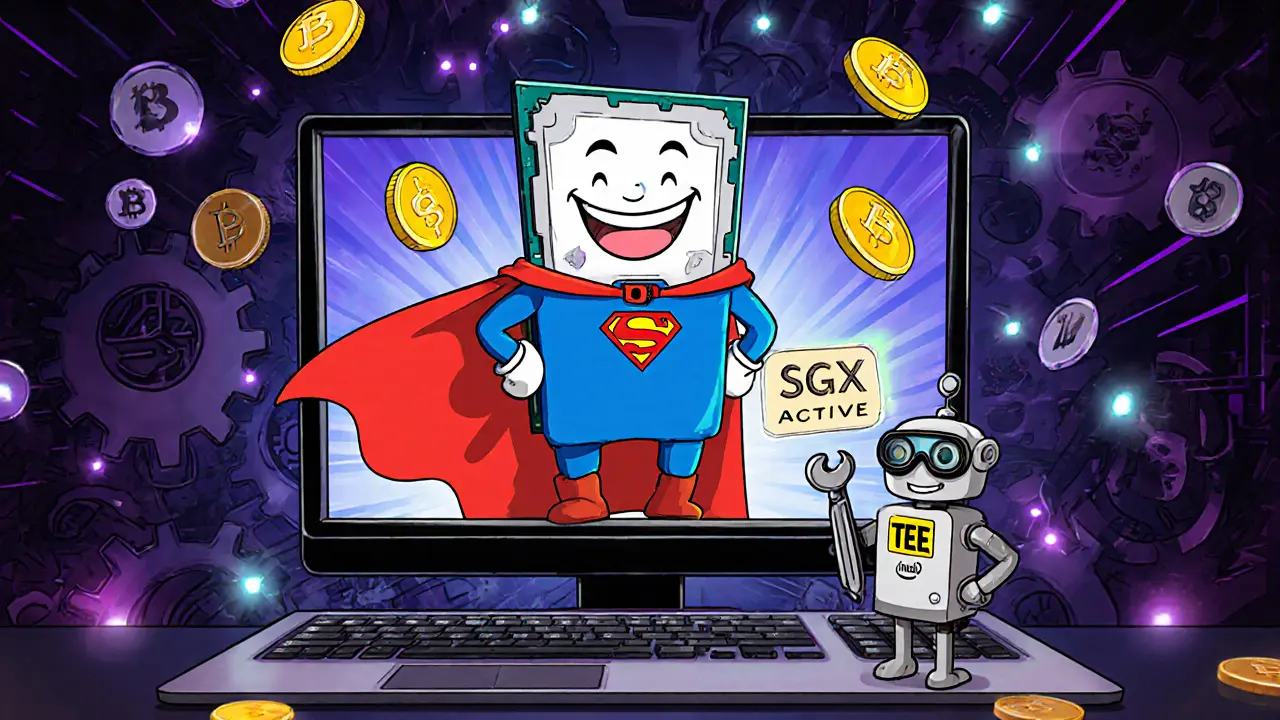Phala Network: Privacy-Focused Blockchain for Secure Smart Contracts
Phala Network, a privacy-first blockchain built on Substrate that enables confidential smart contracts using trusted execution environments. Also known as Phala, it lets developers run code on the blockchain without exposing sensitive data—perfect for DeFi, AI, and enterprise apps that need secrecy. Unlike most blockchains where everything is public, Phala encrypts transactions and contract logic so only authorized parties can see the details. This isn’t just about hiding balances—it’s about protecting business logic, user identities, and private data in a world where blockchain transparency often means vulnerability.
Phala works by splitting computation between the public blockchain and secure hardware enclaves called Trusted Execution Environments (TEEs), secure areas inside CPUs that isolate code and data from the rest of the system, even from the operating system. Think of it like a vault inside your phone—no one, not even the cloud provider, can peek inside. This tech is the same one used by banks and governments for secure processing, but Phala makes it open, decentralized, and accessible to anyone. It’s not a sidechain or a Layer 2—it’s a full blockchain designed from the ground up for privacy, with its own token ($PHA) that rewards miners for running secure nodes.
Related to Phala are Substrate, the modular blockchain framework developed by Parity Technologies that powers Polkadot and other networks, and Web3 privacy, the growing movement to build decentralized apps that protect user data by default, not as an afterthought. These aren’t just buzzwords—they’re the foundation of what makes Phala different. While other chains brag about speed or low fees, Phala asks: Can you trust the code? Can you keep your data private? If the answer matters to you, this is the kind of blockchain worth paying attention to.
You’ll find posts here that dig into real projects using Phala’s tech, how miners earn $PHA, why privacy matters in DeFi, and what happens when smart contracts can’t be read by outsiders. There’s no hype here—just clear breakdowns of how Phala actually works, who’s using it, and why it might be the quiet revolution you didn’t know you needed.

